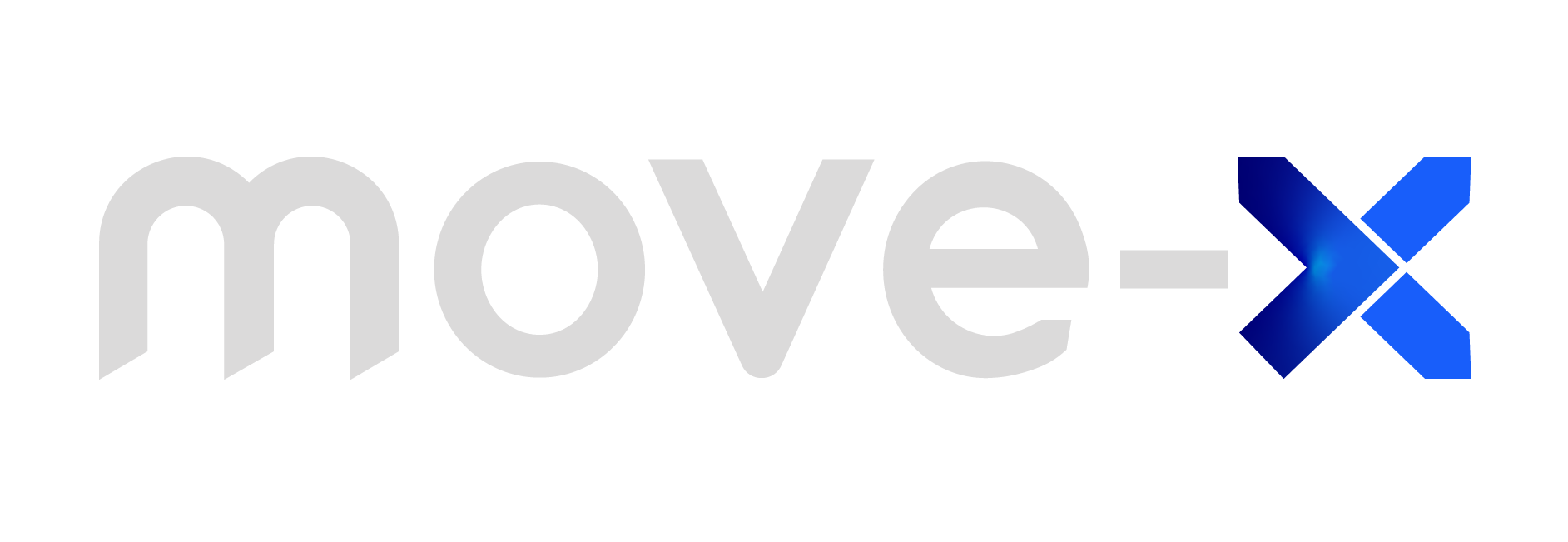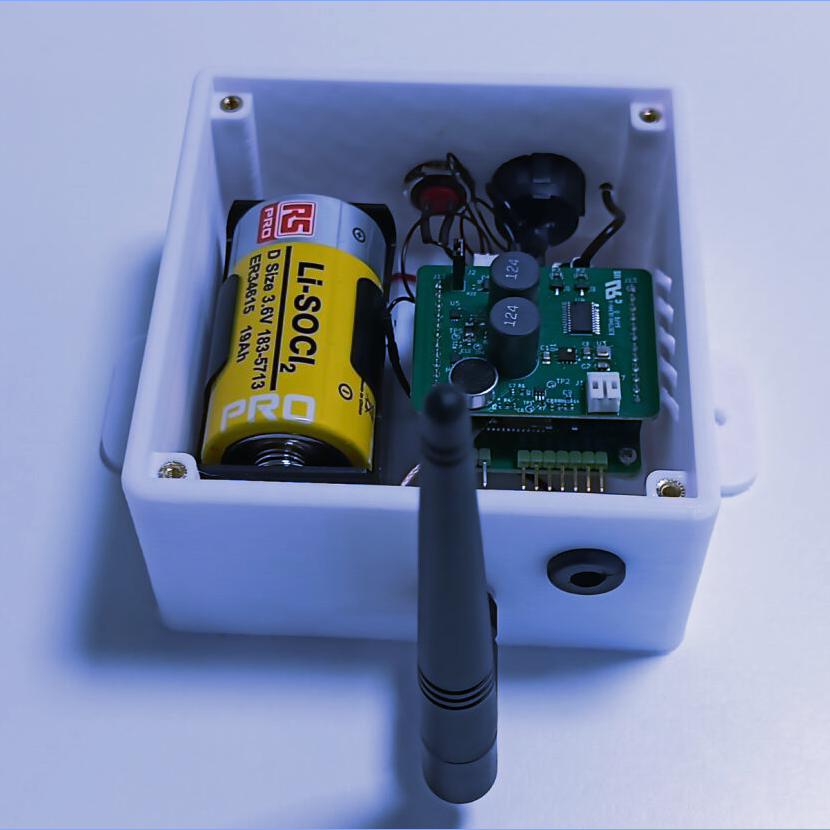Why Sub-GHz Wireless Networking?
Wireless networking has become an essential part of our lives.
From our smartphones to our smart homes, we rely on wireless technology for seamless connectivity. But when it comes to applications that require long-range communication with low power consumption, sub-GHz wireless networking has emerged as the go-to solution. In this article, we’ll explore why sub-GHz wireless networking is gaining popularity and why you should consider it for your next project.
At Move-X, we offer LoRa radio modules, which are designed for sub-GHz wireless networking. LoRa stands for Long Range, and it’s a wireless communication protocol that uses sub-GHz frequency bands to achieve long-range transmission while consuming very little power. LoRa technology is becoming increasingly popular in the Internet of Things (IoT) applications, smart cities, and industrial automation.
So why sub-GHz wireless networking, and why LoRa specifically?
1. Long-range communication
One of the primary advantages of sub-GHz wireless networking is its long-range communication capabilities. LoRa technology can achieve communication distances of several kilometers in open space, making it an ideal solution for applications that require long-range communication such as smart city applications, agriculture monitoring, and asset tracking.
2. Low power consumption
Another significant advantage of sub-GHz wireless networking is its low power consumption. Since LoRa modules use very little power, they can operate for extended periods without the need for frequent battery replacement or recharging. This makes LoRa technology a perfect solution for remote applications where power is scarce or difficult to access.
3. Resistance to interference
Sub-GHz frequency bands are less congested than the 2.4GHz frequency band commonly used for WiFi and Bluetooth. This means that sub-GHz wireless networking is less susceptible to interference from other wireless devices, resulting in more reliable and consistent communication. LoRa technology also employs spread spectrum modulation, which enhances its ability to resist interference.
4. License-Free Radio Communication
Another advantage of sub-GHz wireless networking is that it operates on license-free frequency bands. This means that you do not need a specific license to operate devices that use these frequency bands. This makes it easier and more affordable to deploy wireless networks for various applications, including smart cities, environmental monitoring, and asset tracking. It also reduces the regulatory requirements and simplifies the deployment process, making it a more accessible option for organizations and individuals who want to develop wireless networks.
5. Low Cost
Finally, sub-GHz wireless networking is a cost-effective solution because:
- it requires fewer base stations to cover a larger area than higher frequency bands;
- it consumes very little power, which reduces the cost of power supply and maintenance;
- there is no need for organizations to purchase costly licenses to use the frequency bands.
Because of that, compared to other wireless technologies, LoRa modules are relatively affordable, making them accessible to a wide range of applications and projects.
In conclusion, sub-GHz wireless networking has emerged as an essential solution for long-range communication with low power consumption and resistance to interference.
LoRa technology, in particular, is gaining popularity in IoT applications, smart cities, and industrial automation.
If you’re looking for a reliable, low-cost, wireless networking solution for your next project, consider LoRa radio modules from Move-X.
We offer extensive end-to-end support and solutions customised to your needs.
Do you need any help?
Would you like advice about your IoT project? Talk to our experts.
Working hours
Monday to Friday:
9:30 am to 18:30 pm (CET)
Contact Phone
+39 3426486115
Email
info@move-x.it









